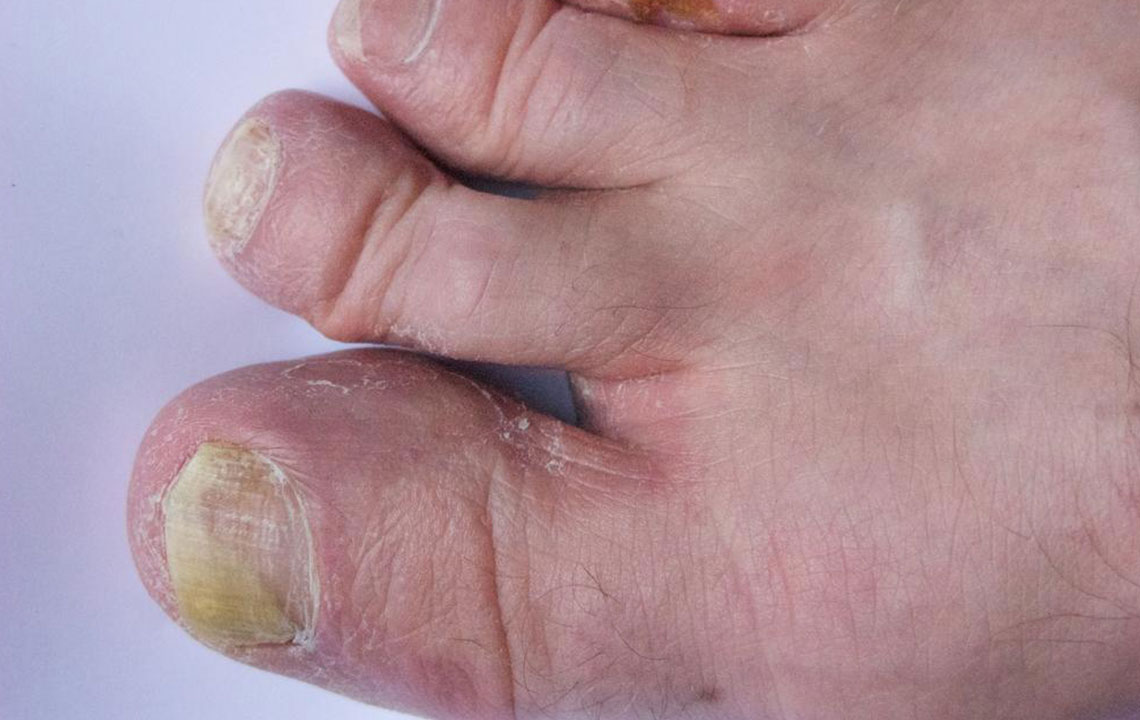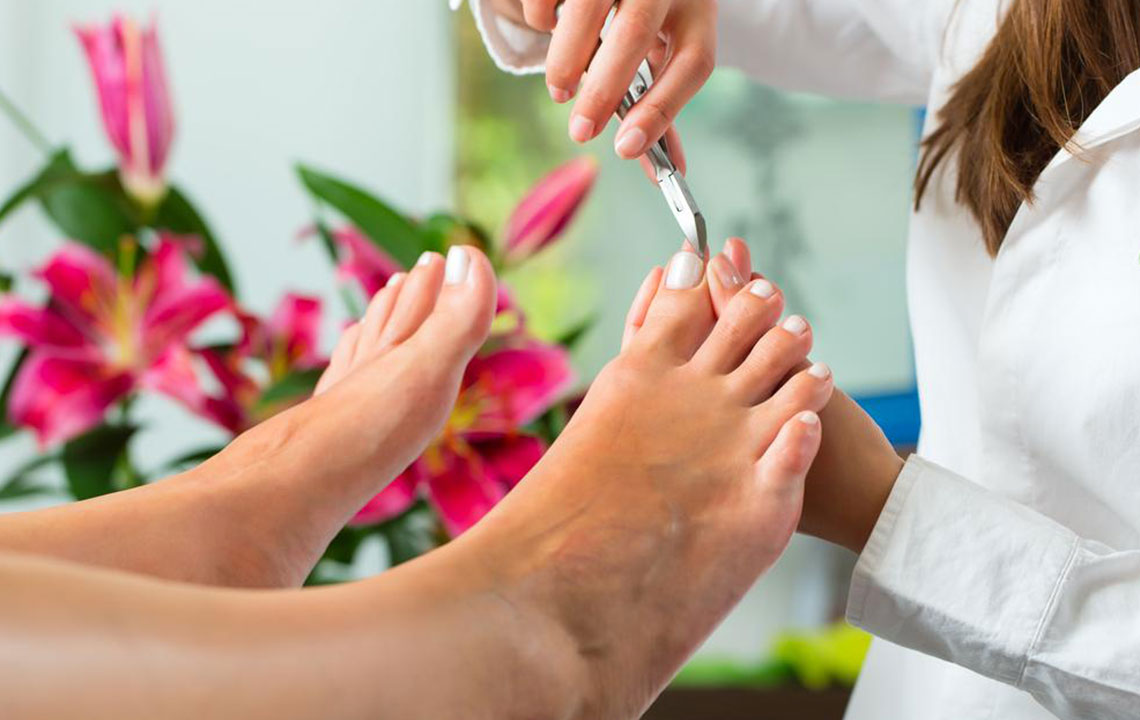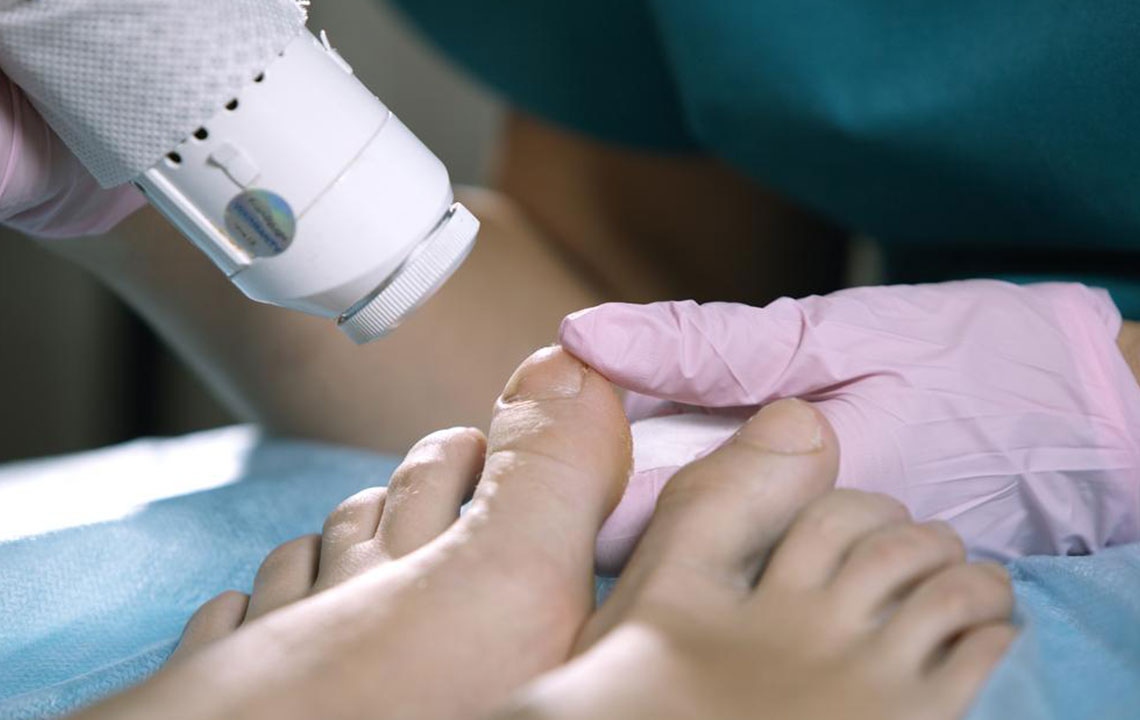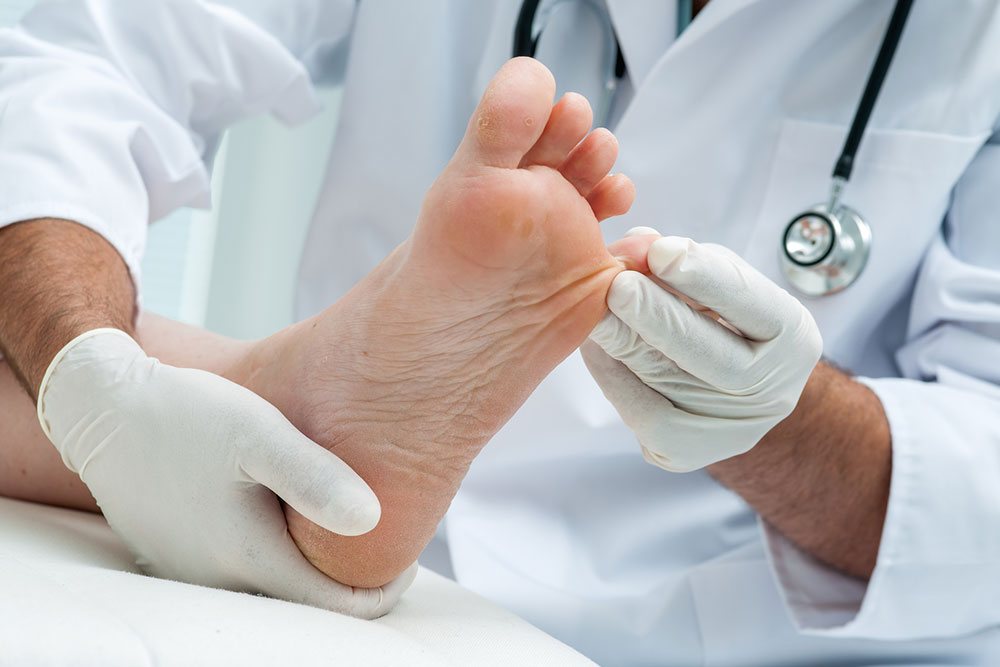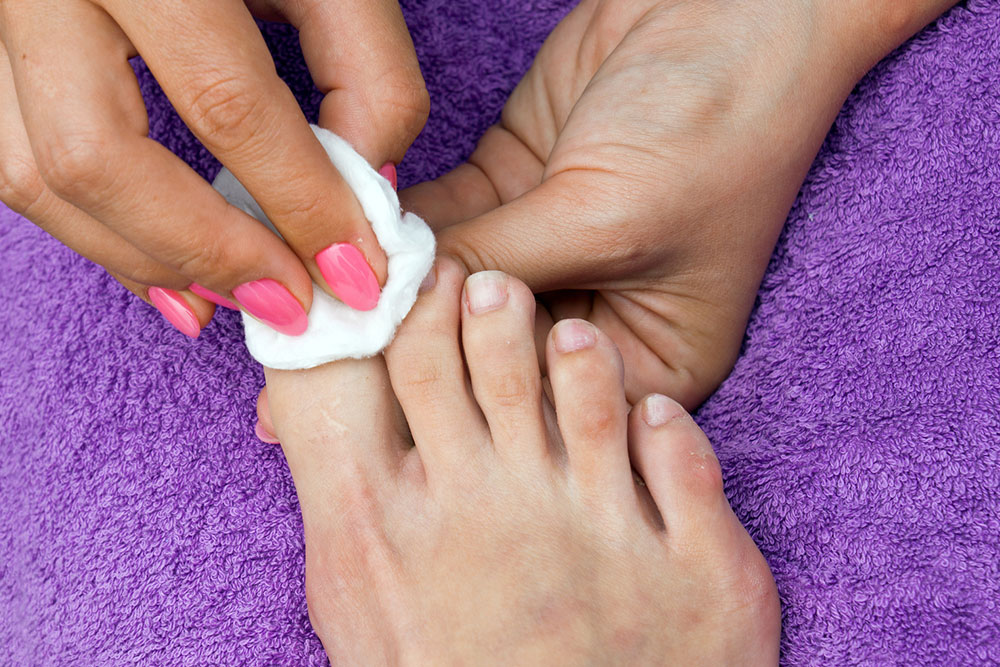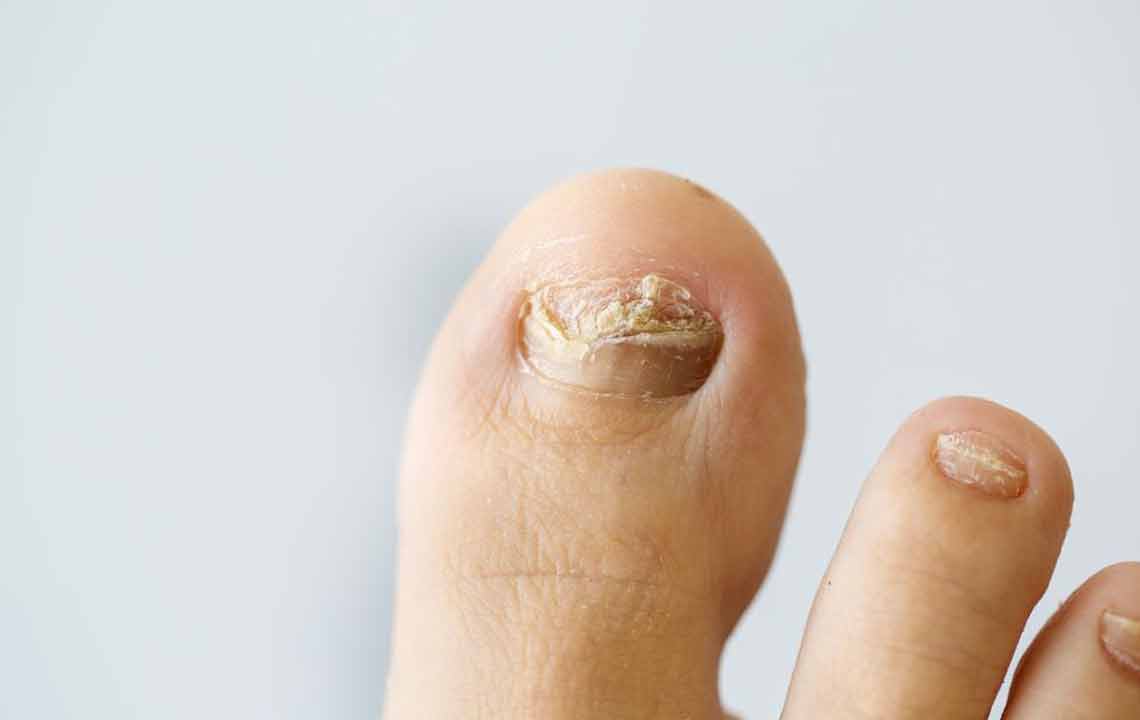Complete Guide to Detecting and Treating Nail Fungal Infections for Healthy Nails
This comprehensive guide provides in-depth information on nail fungal infections, including causes, symptoms, and effective natural remedies. By understanding risk factors and adopting proper hygiene and treatment strategies, individuals can effectively prevent and manage onychomycosis, ensuring healthier nails and improved confidence. The article emphasizes early detection and offers practical home-based solutions, making it a valuable resource for those seeking natural and preventative approaches to nail health.

Understanding Nail Fungal Infections: Causes, Symptoms, and Risks
Nail fungal infections, known medically as onychomycosis, are common ailments affecting people across different age groups worldwide. These infections are primarily caused by various fungi, including dermatophytes, yeasts, and molds, that invade the nail bed and surrounding tissues. Over time, if untreated, they result in thickened, discolored, and brittle nails, which can be both unsightly and uncomfortable. Many individuals may not experience pain initially, but as the infection progresses, symptoms such as discomfort, foul odors, and nail detachment can emerge, significantly impacting quality of life.
What Causes Nail Fungal Infections?
Nail fungal infections result from the invasion of fungi into the nail matrix and plate. Several factors can increase susceptibility to these infections, making it crucial to understand the various risk elements involved:
Imbalanced Skin and Nail Environment: An acidic or alkaline shift in the skin and nail environment can promote fungal proliferation. The pH levels of the skin can be disturbed by excessive sweating, skin conditions, or use of harsh chemicals.
Weakened Immune System: Individuals with compromised immunity, such as those with autoimmune diseases, HIV/AIDS, or undergoing chemotherapy, are more prone to fungal infections since their body's ability to combat pathogens is reduced.
Humid and Moist Environments: Fungi thrive in moist environments. Wearing sweaty socks and closed shoes for extended periods creates a humid, warm habitat ideal for fungal growth.
Sharing Personal Items: Transmitting fungi through shared shoes, socks, nail clippers, or manicure tools is a common way to develop infections. Proper hygiene and disinfection practices are essential to prevent spread.
Occupational and Lifestyle Factors: Professions involving frequent exposure to water, such as swimming instructors or healthcare providers, have higher risks. Public swimming pools, gyms, and showers are notorious hotspots for fungi if sanitation standards are lax.
Underlying Health Conditions: Chronic illnesses like diabetes mellitus impair circulation and immune response, increasing the likelihood of infections, including onychomycosis.
Age and Footwear Choices: As people age, nails tend to thicken and become more susceptible. Wearing tight, non-breathable footwear traps moisture, creating an ideal breeding ground for fungi.
Recognizing the Signs and Symptoms of Nail Fungal Infections
Early detection of nail fungal infections is vital for effective treatment and preventing complication progression. Symptoms can vary depending on the type of fungus involved and the severity of the infection. Typical signs include:
Thickening and Discoloration: The affected nail often becomes thickened, yellowish, or white, indicating fungal invasion. The thickening may cause discomfort or difficulty clipping the nails.
Surface Changes: The surface of the nail might become pitted, flaky, or crumbly. White patches, streaks, or spots are frequently visible along or beneath the nail plate.
Odor and Debris: Infected nails may emit a foul smell due to bacterial colonization, and debris can accumulate under or within the nail.
Separation from Nail Bed: As the infection worsens, the nail may detach, become loose, or fall off entirely, exposing sensitive tissues beneath.
Pain and Discomfort: Although early stages are usually painless, advanced infections can cause pain, throbbing, and increased sensitivity.
Progression to Complete Nail Loss: Severe and untreated onychomycosis can result in total destruction and loss of the nail, necessitating medical intervention.
In-Depth Strategies for Preventing and Managing Nail Fungal Infections
Managing nail fungus involves a combination of lifestyle changes, hygiene practices, and natural remedies. Here, we explore some of the most effective ways to combat and prevent infections:
Natural Remedies and Home Treatments
Apple Cider Vinegar
Apple cider vinegar (ACV) is renowned for its antifungal and antibacterial properties, making it a popular natural remedy for nail infections. Its mild acidity creates an inhospitable environment for fungi, aiding in their eradication. To use ACV effectively, follow these steps:
Mix equal parts of raw, unfiltered apple cider vinegar and water in a small basin.
Immerse the affected nails in this solution for approximately 30 minutes daily.
After soaking, ensure the nails are thoroughly dried with a clean towel or air drying.
Regular use over several weeks can significantly reduce fungal presence and improve nail appearance.
For enhanced exfoliation, some recommend creating a scrub by combining rice flour with ACV to gently remove dead skin cells and fungal debris, promoting healthier nail growth.
Baking Soda
Baking soda (sodium bicarbonate) is a versatile remedy known for neutralizing odors and creating an inhospitable environment for fungi. It also helps reduce inflammation and whiten discolored nails. To apply baking soda effectively:
Prepare a soaking solution by mixing baking soda, hydrogen peroxide, and Epsom salt in warm water.
Soak the affected nails in this mixture for about 30 minutes daily.
Ensure nails are dried completely after each soak to prevent moisture buildup.
This routine can help diminish fungal colonies and improve the health of infected nails over time.
Mouthwash as a Fungal Treatment
Antiseptic mouthwashes, such as Listerine, contain active compounds like thymol and eucalyptol that possess antifungal properties. Using mouthwash as a topical treatment involves:
Mixing equal parts of mouthwash and water in a bowl.
Soaking the infected nails for about 30 minutes twice daily.
Gently scrubbing the surface with a soft brush or cotton swab to help remove fungal residues.
This method can be effective, particularly in early infection stages when combined with good hygiene habits.
Additional Preventive Measures
Beyond home remedies, adopting good hygiene and lifestyle practices significantly reduces the risk of fungal infections:
Keep nails clean and dry at all times, especially after sweating or showering.
Wear breathable footwear made of natural materials like leather or canvas.
Change socks regularly and avoid sharing footwear, socks, or nail tools.
Use antifungal powders or sprays in shoes, especially if prone to sweating.
Maintain proper nail trimming: cut nails straight across and file rough edges.
Inspect feet and nails regularly for early signs of infection.
Manage underlying health conditions, such as diabetes, to support better immune function.
In conclusion, prompt identification and treatment of nail fungal infections are vital for maintaining healthy, attractive nails. Incorporating natural remedies with good hygiene practices can effectively combat fungal growth, prevent recurrence, and restore nail health. If natural treatments fail or the infection worsens, consulting a healthcare professional for more advanced medications or therapies is essential to achieve the best results.
